Picnic at Hanging Rock: An enduring mystery
November 16, 2017 By Go Back“What we see and what we seem is but a dream. A dream within a dream,” is the line of poetry, adapted from an Edgar Allen Poe work, that opens Peter Weir’s celebrated Australian masterwork Picnic at Hanging Rock (1975). An arthouse darling that nevertheless perplexed and even enraged some powerful film critics with its now notorious, mysterious ending (at a preview screening, one critic is reported to have thrown his drink at the screen), Picnic at Hanging Rock is a beguiling, revisionist quasi-horror film conducted with a stylish flare that bestows a haunting, disturbing impression on viewers. Released in 1975, it shone a spotlight on an emerging Australian cinema movement, which would come to exert great influence on Hollywood. And, as one of the most visually stunning films produced in the 1970s, it has captivated audiences for decades and continues to inspire obsessive investigations into its distinct blurring of the line between fact and fiction.
Set in 1900 in the untamed landscape of Australia’s Victoria state, Weir’s film focuses on a group of upper class schoolgirls attending Mrs. Appleyard’s Private School for Girls. Mrs. Appleyard (Rachel Roberts) is a stern authoritarian who tightly controls the girls’ behaviour and appearances. On St. Valentine’s Day, a picnic field trip is arranged and the girls, along with two of their teachers, journey to Hanging Rock, a former volcano and geological wonder some miles away from the school. Napping at the base of the rock (amidst the realization that their pocket watches have stopped at precisely noon – attributed to the rock’s mysterious magnetic properties), the most popular of the girls, Miranda (Anne-Louise Lambert) requests to explore higher up, promising to be back within the hour. With three of her friends, Miranda ascends farther and farther into the caverns and cliffs of the jagged wonder, almost in a trance. While one of the party screams in terror and takes off down the rock, the three girls (as well as one of their teachers) vanish. No witnesses, no bodies, no explanation.
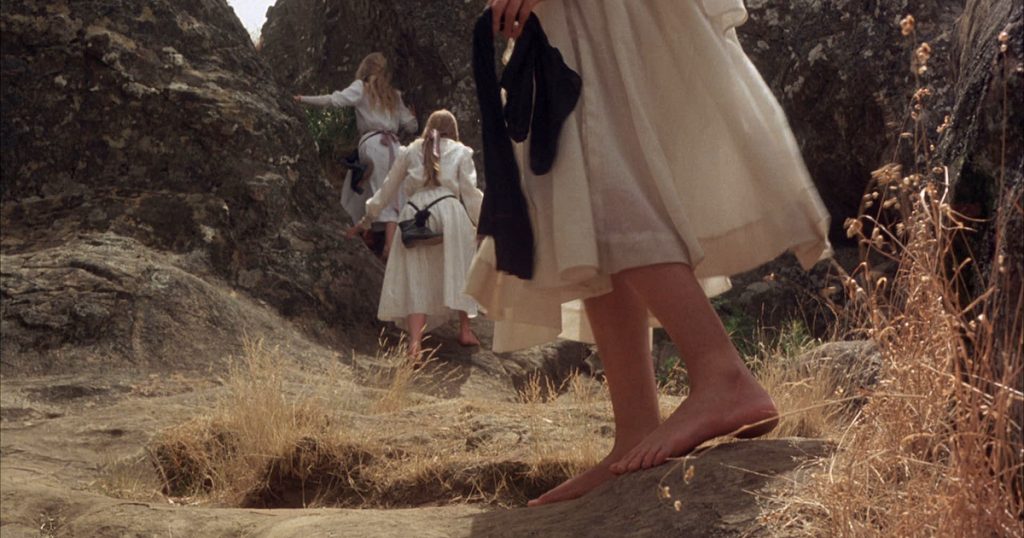
What ensues is a frantic search – first for the girls and their teacher, and then for answers. At the heart of the chaos: the fear of latent adolescent sexuality. Miranda – played to perfection by the then twenty-year-old actress Anne-Louise Lambert (soon to become an icon as a result of this film) – is the most eroticized figure of the girls, and therefore, much of the search is focused on the mystery surrounding her. When it is revealed that the missing teacher was spotted wandering in a trance – partially unclothed – the deeply-rooted fear of Hanging Rock’s primordial threat to genteel breeding and Victorian feminine virtues ignites into a fury. Much is made of the structured order to the girls’ education and rearing at the hands of Appleyard. They are prim and proper. Yet, as the film makes clear in its stunning opening montage, aspects of adolescent curiosity cannot be fully repressed, as the sexuality implicit in a conga line of corset tightening, communal hair brushing, and ritual mists of eau de toilette emphasize the arousal amongst the girls. Molded into cherubic figures of femininity, they are warned of Hanging Rock’s “venomous snakes” and “poisonous ants,” by Mrs. Appleyard, yet at the same time, given permission to remove their blouses at noon (the precise time the group’s watches pause) – it’s a “look but don’t touch” and a “tease but don’t get carried away” scenario that ends in doom.
Based on Joan Lindsay’s sensational bestselling novel published in 1967, Weir and producer Patricia Lovell distilled the mystic, ominous tone set in its original source material and doubled-down with disturbing, threatening imagery that instilled a distinctly Australian horror aesthetic. The exquisite layered lace and jewel-toned satin bows of the girls’ dresses are tainted by scaly, overgrown, and prehistoric looking lizards skulking about as they picnic. Their porcelain skin and Pre-Raphaelite hair – lovingly made-up and dressed within the protective comforts of their dormitory – contaminated by the harshness of the terrain and the potential danger of the rock. To perfect the look to the film – its most unique and influential attribute – cinematographer Russell Boyd draped bridal veil fabric over the lens, which lent its Pictorialist appearance (think: the pre-Raphaelite-inspired photographs of Julia Margaret Cameron, or the sweeping Romanticist paintings of Waterhouse). The film, like the rock itself, is a marvel – it balances beauty and raw ugliness, safety with extreme danger, all the while subjecting the prim and proper behaviour Victorians extolled with frantic hysteria.
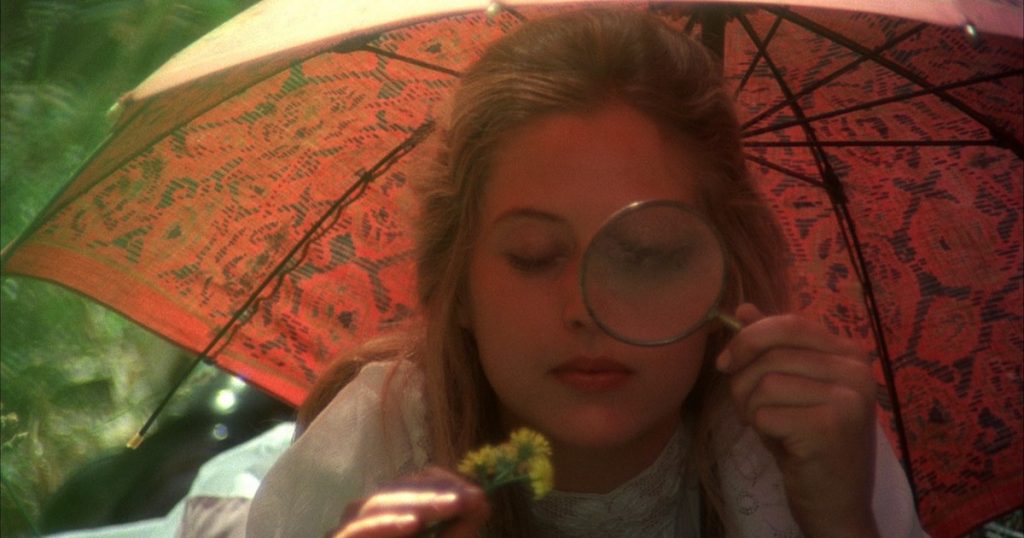
Adding to the mystery: Lindsay and Weir’s refusal to specify whether the events of the novel/film were based on fact. The introductory text of the film leads the viewer to believe that it’s a true story. It is, however, fiction. Yet, to this day, historians and fans of the film attempt to prove it otherwise. Using Lindsay’s ties to mystical beliefs, and the bizarre comments she made in the press regarding the events of her novel, many believe she “secretly” based her book on something that really happened. Her great-grandfather was the police magistrate for the area where her characters are to have disappeared. Scouring century-old Australian police archives, and conducting generationally layered oral histories, reveals the late 1800s disappearances of two young school girls from the boarding school that the fictional Appleyard was based. Lindsay’s original foreword to the book, deleted by the publishers, read, “For the author, who knew Mount Macedon and the Hanging Rock very well, as a child, the story is entirely true.” Descendant of students enrolled at the real-life Appleyard school claimed to Janelle McCulloch, author of Beyond The Rock: The Life Of Joan Lindsay, that it was widely known amongst students that two classmates were abducted while on a field trip to Hanging Rock. Accounts are sketchy at best, but the continued desire to prove the book/film true is telling. Whether Lindsay’s book is based on partial truth or entirely fiction belies the film’s achievements as a mystical, psychological horror that uproots a hysteria around sexual activity and youth, which is where its enduring appeal lies.
Ultimately, Picnic at Hanging Rock asks more questions than it answers: How could young girls remain “innocent” when they were so heavily eroticized in poetry, art, and literature in the Victorian era? The poems they are asked to memorize by their teachers and the Botticelli paintings they study are sensual fantasies, planting seeds of sexual expression where it is forbidden. Weir’s mystical masterpiece has inspired generations of female filmmakers and media producers – from fashion (Chloe Sevigny attributes her style to Miranda in the film) to directors like Sofia Coppola, who cites Picnic at Hanging Rock as the main inspiration behind her breakout debut The Virgin Suicides (1999), as well as her later film Marie Antoinette (2006), in their themes of youth, sexuality, and death. In early 2017, filming began on an Australian-produced television series based on Lindsay’s book and the film, proving that this mystery’s appeal – which strikes at the heart of deeply rooted anxiety surrounding youth and sexuality – endures.






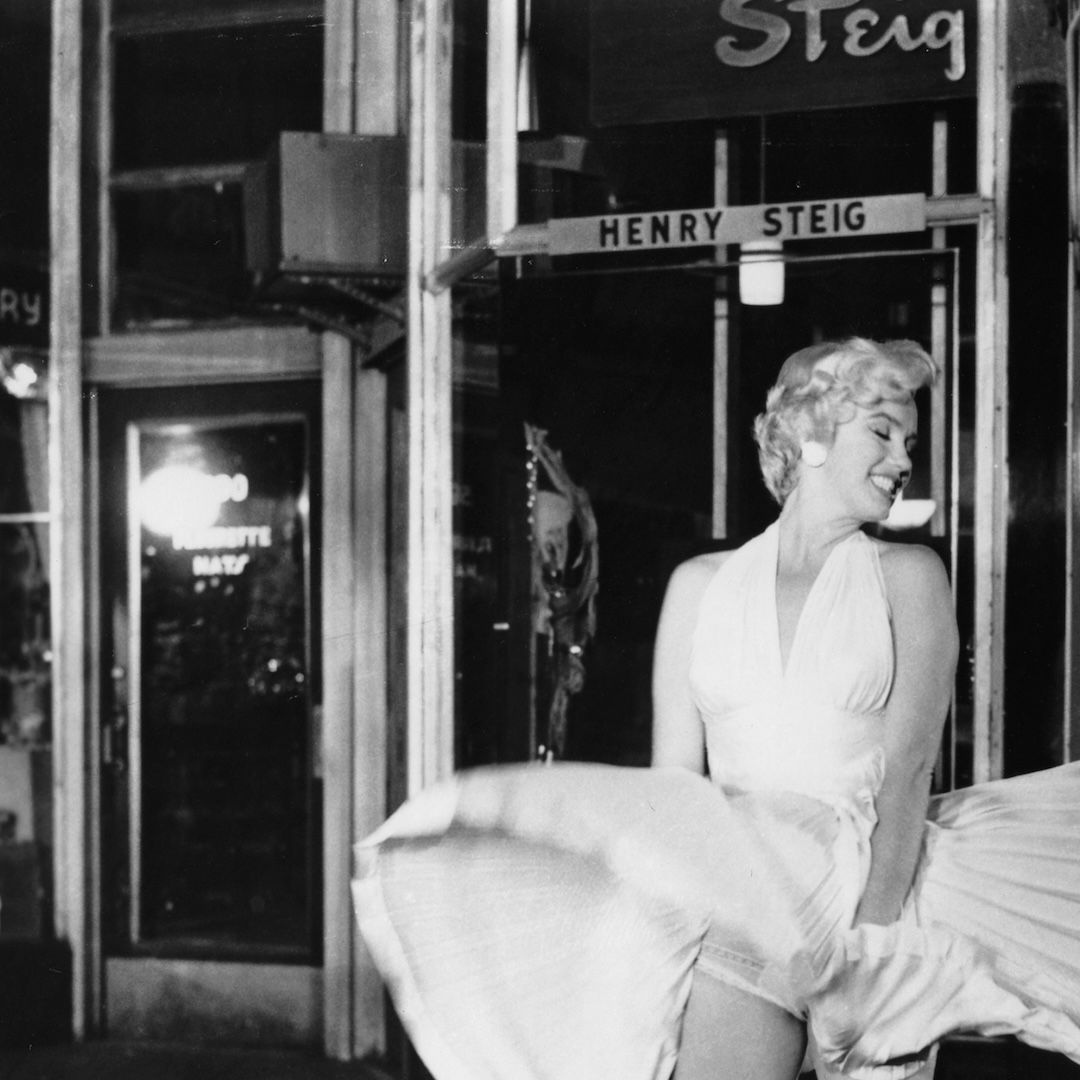

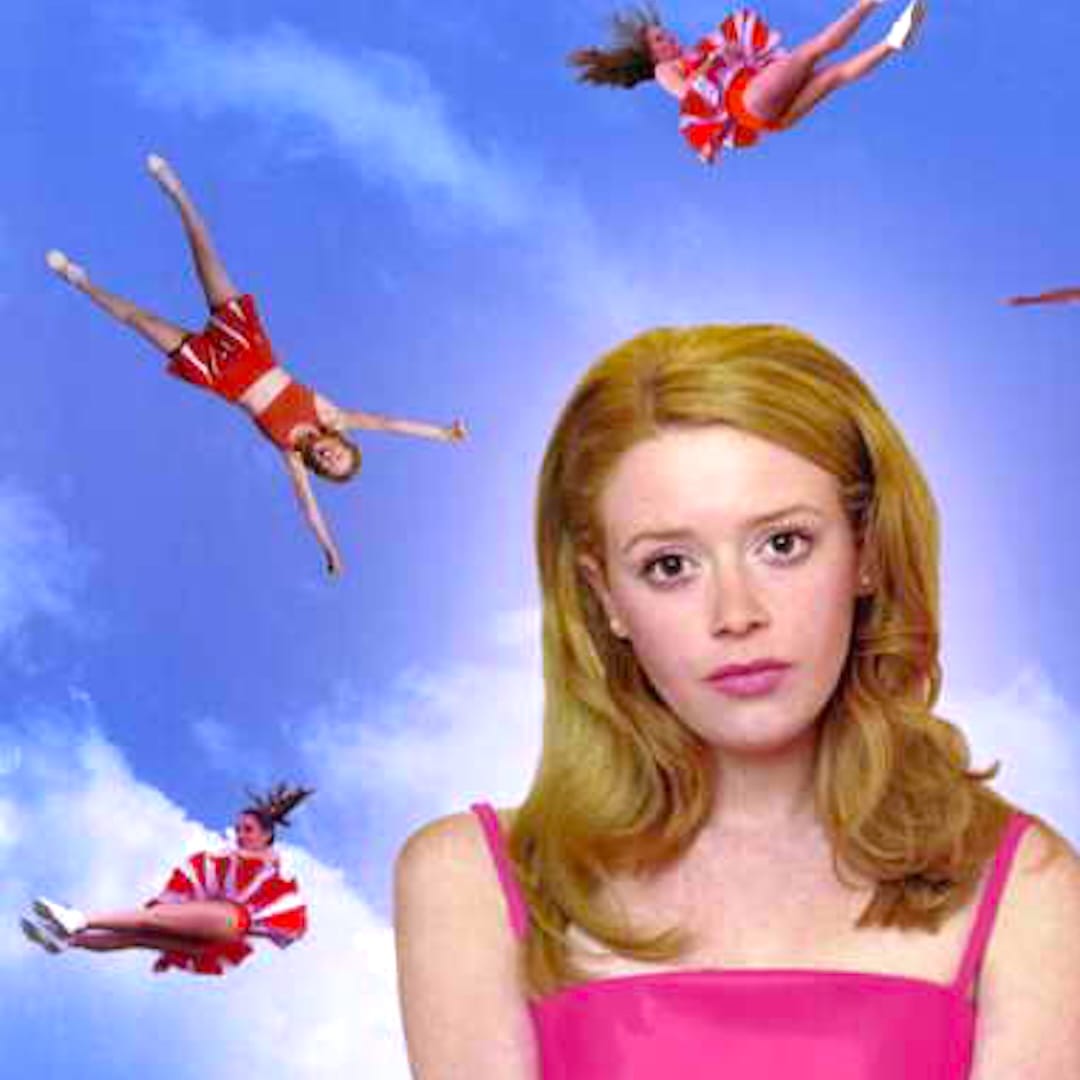

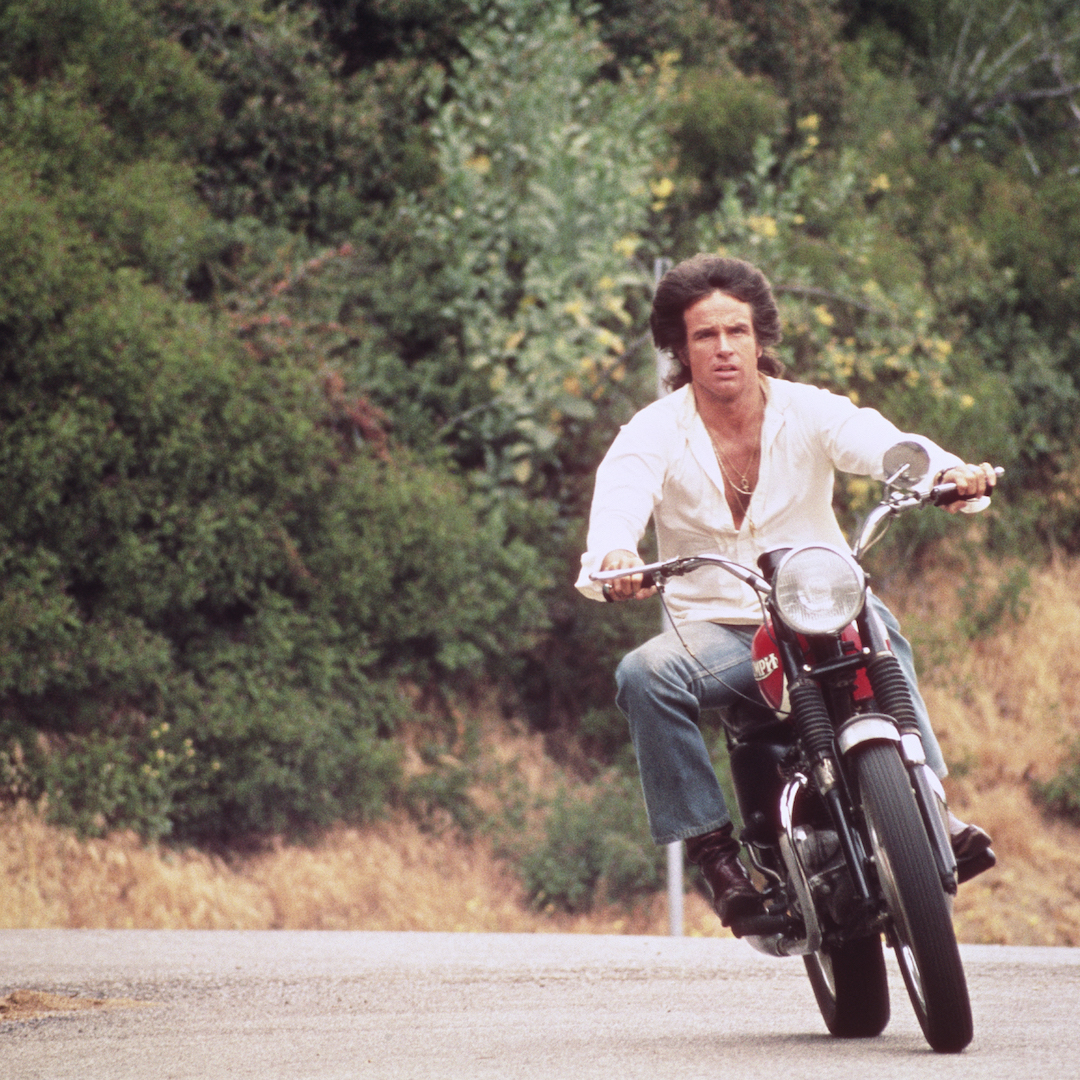

 Follow us on Instagram
Follow us on Instagram